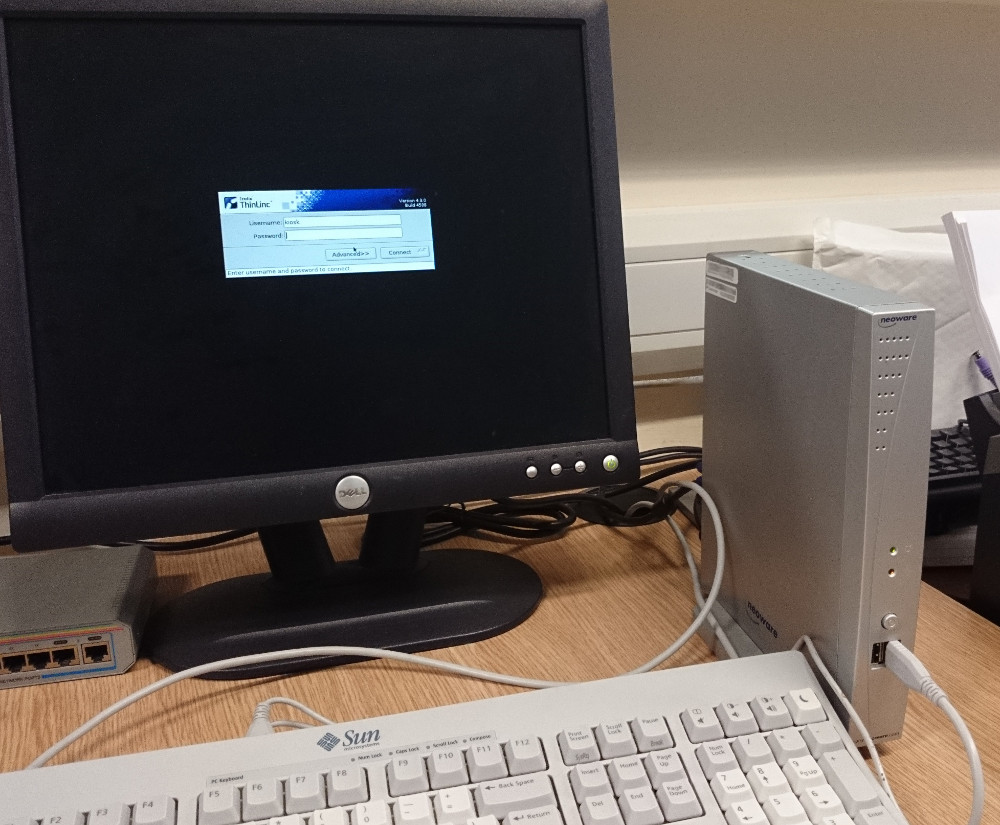Procedure for applying patches
- Download and install hpsum, you can use instructions posted at the bottom of this page to setup repository for this purpose.
- Download DVD iso with “HP Service Pack for Pro Liant Version” (currently version 2015.04.0) and mount it on the server.
- Start hpsum, Baseline library, Add Baseline, point it to soemthing like “DVD/hp/swpackages/bp002502.xml”
- Localhost Guided Update, Assign different baseline, type anything in field to get list of baselines, use 2015.04.0
- Next, Deploy, Reboot, job done and dusted.

Bonus hint
Mount iso image on management server and make it available say with Apache or NGINX if you have more servers to patch up:
mount -o loop -t iso9660 /state/partition1/service/HP_Service_Pack_for_ProLiant_2015.04.iso /var/www/html/DVD
Point hpsum to “HTTP Share URL” baseline, in my case URL was
http://management.server/DVD/hp/swpackages/bp002502.xml
That will save you some time coping DVD iso around.
Repositories
Personally I find downloads.linux.hpe.com *very* slow. If you have lots of HP servers you might be better of with creating local repo and then modifying below
baseurl
line, pointing this repo to your local copy.
I used this command fetch data from HP servers, roughly 40G of space is needed:
rsync -avH --progress rsync.linux.hpe.com::SDR/repo/hpsum /export/pub/repo/ rsync -avH --progress rsync.linux.hpe.com::SDR/repo/spp /export/pub/repo/
and then I configured NGINX to serve data from /export/pub/
Update June 2016: now I use Spacewalk for this. Create channel, add repo and let Spacewalk take care of keeping this in sync with HP mirror.
Centos 7
vim /etc/yum.repos.d/hp.repo
[spp] name=Service Pack for ProLiant baseurl=http://downloads.linux.hpe.com/repo/spp/rhel/7/x86_64/current/ enabled=1 gpgcheck=1 gpgkey=file:///etc/pki/rpm-gpg/GPG-KEY-ServicePackforProLiant [hpsum] name=HP Smart Update Manager baseurl=http://downloads.linux.hpe.com/repo/hpsum/rhel/7/x86_64/current/ enabled=1 gpgcheck=1 gpgkey=file:///etc/pki/rpm-gpg/GPG-KEY-hpsum
then
rpm --import http://downloads.linux.hpe.com/SDR/repo/mcp/GPG-KEY-mcp yum update && yum install -y hp-snmp-agents hpdiags wget http://downloads.linux.hpe.com/SDR/repo/hpsum/GPG-KEY-hpsum -O /etc/pki/rpm-gpg/GPG-KEY-hpsum yum --disablerepo="*" --enablerepo="hpsum" list available yum install hpsum
Centos 6
vim /etc/yum.repos.d/hp.repo
[hpsum] name=HP Smart Update Manager baseurl=http://downloads.linux.hpe.com/repo/hpsum/RedHat/6/x86_64/current/ enabled=1 gpgcheck=0 gpgkey=file:///etc/pki/rpm-gpg/GPG-KEY-hpsum [HP-PSP-packages] name=HP Software Delivery Repository Repository for PSP Packages baseurl=http://downloads.linux.hpe.com/repo/spp/rhel/6/x86_64/current/ enabled=1 gpgcheck=0
Centos 5
vim /etc/yum.repos.d/hp.repo
[HP-MCP] name=HP Management Component Pack baseurl=http://downloads.linux.hpe.com/SDR/repo/mcp/centos/5/x86_64/current/ enabled=1 gpgcheck=0 [hpsum] name=HP Smart Update Manager baseurl=http://downloads.linux.hpe.com/repo/hpsum/RedHatEnterpriseServer/5Server/x86_64/current/ enabled=1 gpgcheck=0 gpgkey=file:///etc/pki/rpm-gpg/GPG-KEY-hpsum
Debian
HP support for Debian isn’t great to say at least, only repo available is for management Component Pack (drivers, system management homepage, etc) – see the very bottom of this page.
No Debian repo for hpsum 🙁 I tried some tricks, I grabbed rpm package for RedHat 7, extracted it and started hpsum manually.
sudo mkdir /opt/hp/hpsum -p wget http://downloads.linux.hpe.com/SDR/repo/hpsum/RedHat/7Server/x86_64/current/hpsum-7.2.1-6.rhel7.x86_64.rpm -O /opt/hp/hpsum/hpsum.rpm sudo apt-get install rpm2cpio cd /opt/hp/hpsum rpm2cpio hpsum.rpm | cpio -i --make-directories cd /opt/hp/hpsum/opt/hp/hpsum/bin ./hpsum # hpsum_service_x64 started successfully on port 63001, ssl port 63002 and ftp port disabled.
I was able to point web browser to https://server.adres:63002 logged in OK and tried inventorying/deploying at least firmware updates – but unfortunately hpsum service was dying without any meaningful reason in logs.
So essentially on Debian we are stuck with offline update only (i.e. boot your server from SPP iso or DVD). Bugger.
That is an exact reason why I prefer to go to Dell when shopping for servers! Not only made in Poland so rock solid 😉 but also with great support for Debian.
Debian repo for management Component Pack
vim /etc/apt/sources.list.d/HP-proliantsupportpack.list
Wheezy
deb http://downloads.linux.hpe.com/SDR/downloads/MCP/Debian/ wheezy/current non-free
or Jessie
deb http://downloads.linux.hpe.com/SDR/downloads/MCP/Debian/ jessie/current non-free
and then
wget http://downloads.linux.hpe.com/SDR/repo/mcp/GPG-KEY-mcp apt-key add GPG-KEY-mcp aptitude update apt-get install hpacucli
Other way of adding missing key
key=FADD8D64B1275EA3 gpg --keyserver keyserver.ubuntu.com --recv-keys $key gpg --armor --export $key |apt-key add -
